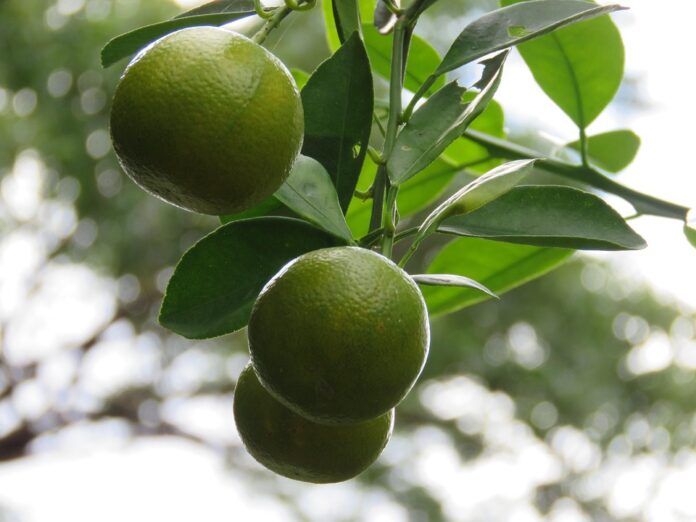Introduction
The global lemon market is poised for significant growth, with increasing demand for fresh produce, culinary uses, and health benefits. In 2025, the landscape of lemon importing countries is expected to show dynamic shifts as consumer preferences evolve and trade agreements influence market trends. This report highlights the top 10 lemon importing countries in 2025, detailing the expected volumes, financials, and key factors influencing their import patterns.
Overview of the Global Lemon Market
Lemons are a vital citrus fruit known for their versatility in cooking, baking, beverages, and health applications. The global lemon market is primarily driven by the rising consumption of fresh fruits and vegetables, the trend toward healthier diets, and the expanding food processing sector. According to recent data, the global lemon market is projected to reach approximately $12 billion by 2025, with a compound annual growth rate (CAGR) of around 5.5%.
Factors Influencing Lemon Imports
The import of lemons into various countries is influenced by several factors, including:
1. **Consumer Demand**: The increasing awareness of the health benefits associated with lemons, such as Vitamin C content and antioxidant properties, drives consumption.
2. **Culinary Trends**: The rise in the popularity of Mediterranean and Middle Eastern cuisines, which prominently feature lemons, contributes to higher import volumes.
3. **Supply Chain Dynamics**: The availability of lemons from major producing countries and the efficiency of supply chains impact import levels.
4. **Trade Policies**: Tariffs, trade agreements, and import regulations play a crucial role in determining the flow of lemon imports.
Top 10 Lemon Importing Countries in 2025
1. United States
The United States is expected to remain the largest importer of lemons in 2025, with projected imports reaching approximately 300,000 metric tons. The U.S. lemon market is valued at around $2.5 billion, driven by robust consumer demand in both retail and food service sectors. California is the primary supplier of domestic lemons, but imports from Mexico and Argentina are crucial to meet the growing demand.
2. Germany
Germany is anticipated to be the second-largest importer, with lemon imports estimated at 220,000 metric tons by 2025. The German market is increasingly focused on organic produce, contributing to a rise in demand for imported lemons, particularly from Spain and Italy. The financial value of lemon imports to Germany is projected to be approximately $1.8 billion.
3. United Kingdom
The United Kingdom is expected to import around 200,000 metric tons of lemons in 2025, with a market value of about $1.7 billion. The UK’s preference for fresh lemons for culinary uses and beverages, particularly in the hospitality sector, drives imports. Major suppliers include Spain and South Africa.
4. France
France is projected to import approximately 150,000 metric tons of lemons, with a financial valuation of about $1.2 billion. French cuisine heavily features lemons, leading to consistent demand. Key import sources are Spain and Italy, which provide high-quality lemons that cater to French culinary standards.
5. Canada
Canada’s lemon imports are expected to reach 120,000 metric tons by 2025, valued at approximately $900 million. The demand for lemons in Canada is driven by their use in beverages, cooking, and health products. The U.S. is the primary supplier, benefiting from the close geographical proximity.
6. Japan
Japan is projected to import around 100,000 metric tons of lemons, with a market value of approximately $800 million. Japanese consumers have increasingly adopted citrus fruits in their diets, including lemons. Imports predominantly come from the United States and Argentina.
7. Australia
Australia’s lemon imports are expected to reach about 90,000 metric tons in 2025, valued at around $700 million. The Australian market is characterized by a growing interest in fresh produce, with lemons being a staple for cooking and beverages. The primary import sources are the U.S. and South Africa.
8. Saudi Arabia
Saudi Arabia is anticipated to import approximately 80,000 metric tons of lemons, with a financial valuation of around $600 million. The demand in Saudi Arabia is largely fueled by the culinary sector and the hospitality industry, with imports mainly coming from Turkey and Egypt.
9. Netherlands
The Netherlands is projected to import around 70,000 metric tons of lemons, valued at approximately $500 million. The country serves as a significant distribution hub for citrus fruits in Europe, with lemons primarily sourced from Spain and South Africa.
10. South Korea
South Korea’s lemon imports are expected to reach about 60,000 metric tons by 2025, valued at approximately $450 million. The South Korean market is seeing an increase in the use of lemons in drinks and food, with imports coming mainly from the U.S. and Chile.
Conclusion
The lemon import market is set to experience significant growth through 2025, with the top importing countries reflecting diverse consumption patterns and market dynamics. The United States will continue to lead as the largest importer, followed by Germany and the United Kingdom. Factors such as culinary trends, health consciousness, and trade policies will play crucial roles in shaping the lemon trade landscape. Understanding these dynamics will be essential for producers and exporters aiming to tap into the growing global demand for lemons.
As countries adapt to changing consumer preferences and health trends, the lemon market will likely evolve, presenting opportunities for innovation and expansion in the citrus sector.



